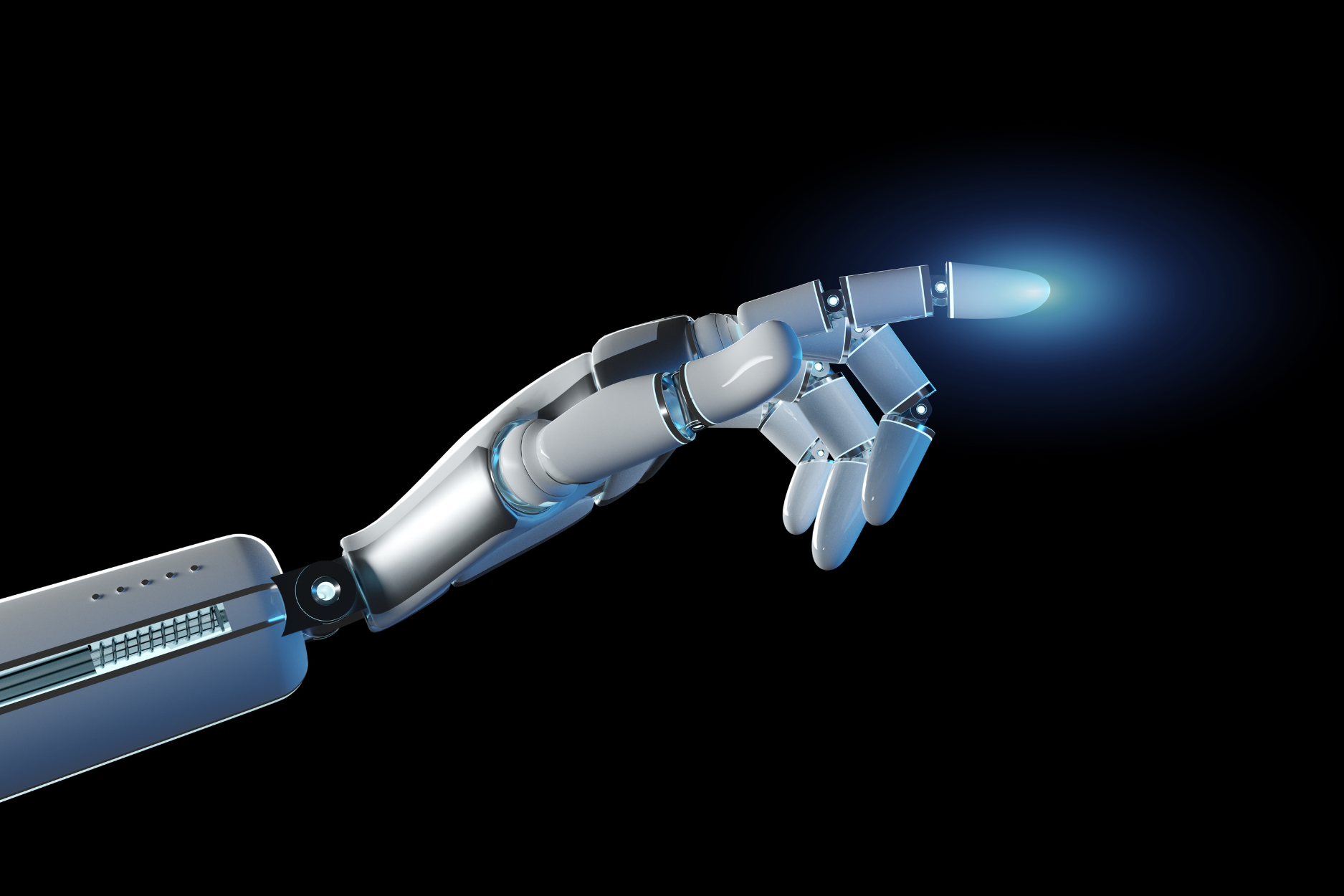Revolutionary Robotic Hand: Yale's Sphinx Streamlines Object Manipulation

Yale University's latest innovation in robotics, the Sphinx, offers a groundbreaking solution to the cumbersome mechanics of robotic wrists and grippers. Traditionally, robotic arms are equipped with wrists that offer three degrees of freedom, roll (rotating front to back), pitch (side to side), and yaw (vertically). However, these components are often complex and inefficient, requiring large movements that consume too much space.
The Sphinx, developed in the lab of Prof. Aaron Dollar, challenges these norms with its unique spherical mechanism. This design allows the robotic hand to both grasp and rotate objects across all three axes without needing additional sensors or cameras. Vatsal Patel, a Ph.D. candidate and lead author of the study, emphasizes the simplicity of this innovation. "It's not very complex," Patel notes. "But because of the spherical mechanism, it's always going to roll, pitch, and yaw objects."
This new design significantly enhances the efficiency of robotic movements, enabling robots to work in tighter spaces more effectively. For instance, tasks like screwing in a lightbulb in a confined area become much more feasible. The Sphinx is a step forward in developing robots that can adapt to unpredictable environments, such as homes or disaster sites, where precise object locations might not be known in advance.
As Patel points out, "In these environments, robots don't know exactly where the objects are. They're trying to adapt to the environment, adapt to the objects. That's where robotics in general is moving, and we're trying to solve the same problems." This innovation not only simplifies the mechanical design of robotic hands but also aligns with the broader trend in robotics to create machines capable of operating in various unstructured settings.